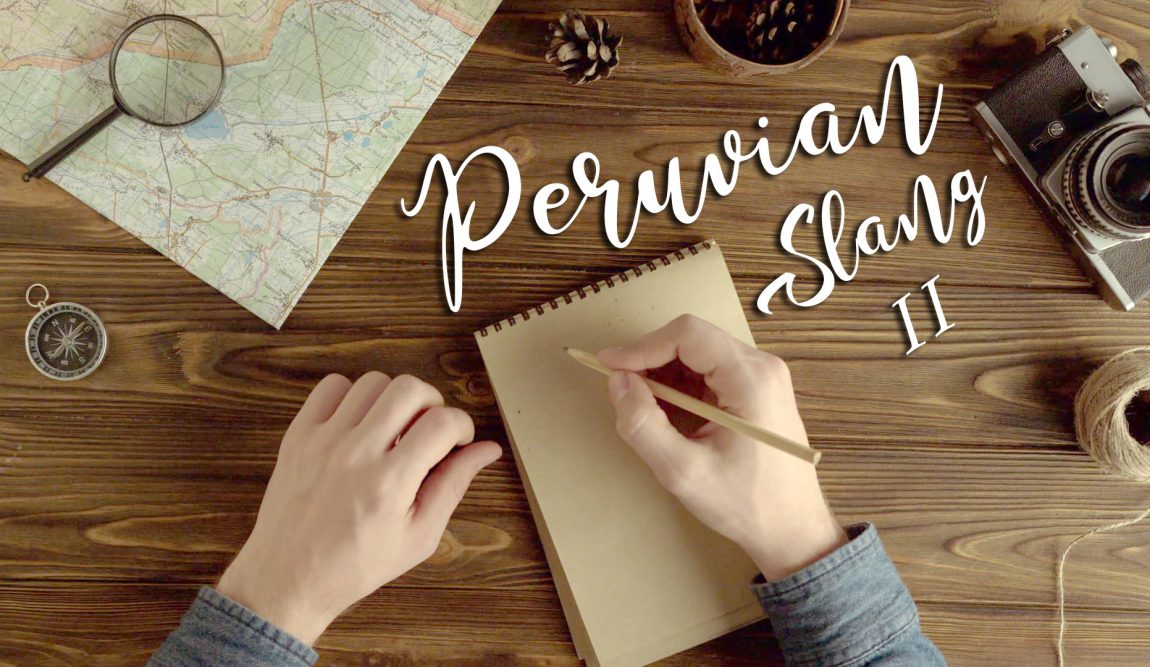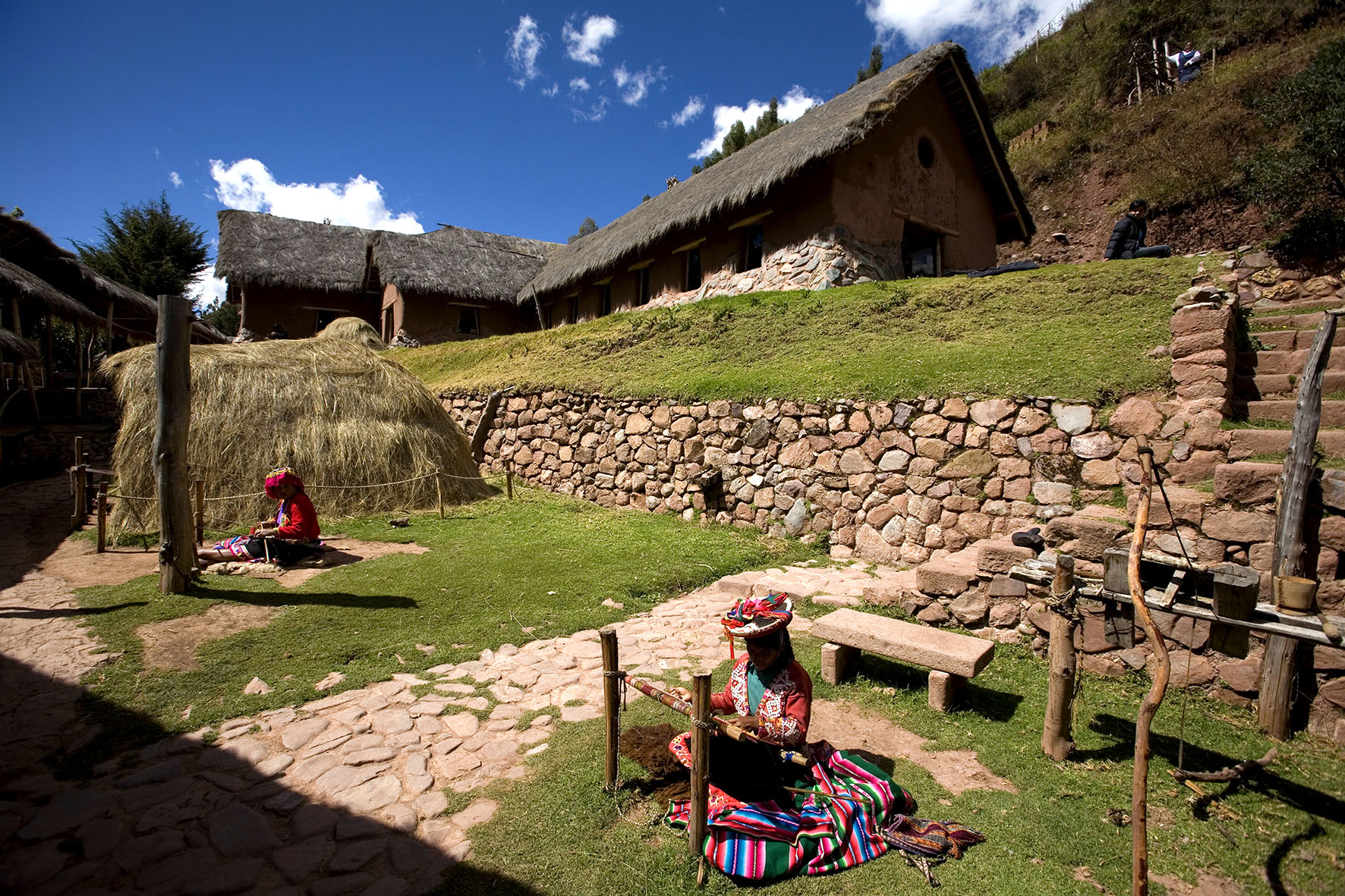A couple of weeks ago we posted an article on Peruvian slang, but we have so many other words, sayings and slang expressions often used by Peruvians that we would like to share with you. Just to start from the real beginning the word “jerga” refers to these slang words.
We think about these articles as a guide for you while walking the streets of Lima, Cusco or any other destinations and trying to talk and comunicate with locals. These are words that you will easily heard throughout the country. We tried to select the most useful expressions a traveler could bump into while visiting Peru.
- Jama/Jamear: This word is used to refer to “food”, also used as a verb “to go to eat”. So you will listen to the expression “vamos a jamear”, which literally means “let’s go eating”.

- Chancha: This word literally refers to a female pig, but it is used by Peruvians to the act of splitting the bill between friends. So you might listen to the expression: “hacemos chancha” or “hacemos chanchita”, which means “let’s split the bill”. Remember this saying if you are invited out for dinner or a drink by locals.

- Huevón: The word can be used among friends with the meaning of “dude”, “buddy”, “guy”, but be careful that sometimes can be a bit insulting, especially when used in third person.

- Porfa: this is a shorten version of the expression “por favor”. It is extremely common to hear this word. Formality is a very important part of the Peruvian manner of speaking.
- Roche: this word means “shame”, you will hear the expression ¡Qué roche! quite often, which means “What a shame!”. If a couple is arguing in the street for instance or if someone is totally drunk, you can use this expression.
- Bamba: this means that something is fake, so if you are at the street market and your Peruvian friend says “Esto es bamba!” means that “the item is fake”, so do not buy it. Keep an ear open for this word when you are shopping at local street markets!
- Jato: the word means “house”, so you will listen to “te veo en mi jato”, which literally means “I’ll see you at my house” or “estoy en mi jato”, which means “I’m at home”.

- Grifo: the word litterally means tap, but in Peruvian slang means gas station. So, if you listen to the expression “Encuentras la tienda pasando el grifo”, means “You’ll find the store after the gas station”.

- Huasca: the expression “Estás huasca” means “You’ re wasted”, so if you or someone else drink too much it is very common to say that.

- ¡Ya fuiste!: if you listen to this saying is because you miss your shot, you miss an opportunity. If you are late for a tour for example, or for the bus you can listen a local saying ¡Ya fuiste!.
If you are traveling to Peru for a month or more or even if you are spending here just few days, learning a bit of local lingo will definitely help you out! If you are a person who loves getting in touch with locals is even better to have a sense of what these words mean and probably learning these words will open the door to new experiences during your stay in Peru.
















